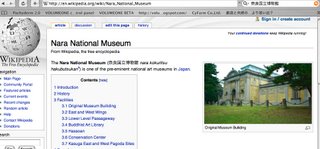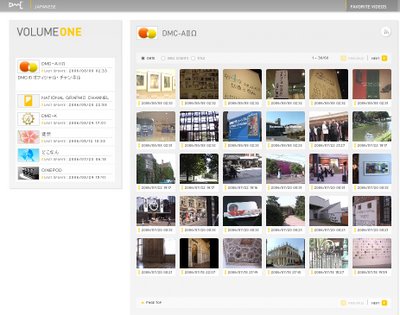Paper presented at CIDOC 2006
Taking a museum experience to your real world
-exploring a new usage of museum audio/visual guide in children's hospital, retirement homes and more-
Junko IWABUCHI/Professor
Research Institute for Digital Media and Content, Keio University
Museo Civico in the city of Vicenza near Venice, Italy
*Video web-cast platform "VOLUMEONE" was developed by DMC Institute, Keio University, Tokyo
*Net speed of 100Mbps or faster is strongly recommended for viewing this video
-exploring a new usage of museum audio/visual guide in children's hospital, retirement homes and more-
Junko IWABUCHI/Professor
Research Institute for Digital Media and Content, Keio University
Museo Civico in the city of Vicenza near Venice, Italy
*Video web-cast platform "VOLUMEONE" was developed by DMC Institute, Keio University, Tokyo
*Net speed of 100Mbps or faster is strongly recommended for viewing this video



